When it comes to the SIE Exam bonds are a very important section. Not only are there likely many questions related to debt securities, or bonds, on the exam but they are probably the second most requested topic that we get for tutoring.
Let’s unpack them a little more here.
SIE Exam Bonds: Where Do I Start?
First, let’s start with the different types of bonds that you might encounter on the SIE Exam:
- Corporate bonds
- Municipal bonds
- Government bonds
For each of these bonds, you’ll want to know at least the basics – which sometimes can be good enough.
The exam is not likely to go too deep into any particular topic. However, you should definitely know a few characteristics of each ideally.
For example, a corporate bond is simply a certificate that is issued by a corporation, such as Microsoft, to an investor that is willing to lend money to the company. In return for lending Microsoft money, the investor might expect a regular “coupon” or interest payment every six months. At the maturity (or end date) of the loan, the investor will receive back “par” (or $1,000 for every bond).
Municipal bonds and Government bonds work virtually the same.
However, instead of loaning money to a corporation, you may be loaning money to New York City in the case of municipal bond. Whereas, an investor purchasing a government bond would be loaning money to the United States government.
How to Study This Section
Having a basic understanding of bonds is important. Simply reading the above section would be enough to give you a basic foundation.
That said, going a little deeper might get you a couple extra points. Where things get slightly more complicated is in bond pricing.
As opposed to stocks, which have a single price, bonds have prices quoted as percentages of par. For example a price of 95 means an investor will pay $950 (95% of $1,000 par).
There is also plenty of memory work in this section. For example, a convertible bond is a bond convertible into stock. A callable bond is a bond that can be called back by a corporation when they believe they can issue new bonds with a better interest rate. Zero coupon bonds are bonds that pay no coupons throughout the life of the bond.
As you can see, some of the bonds will be easy to memorize. On the other hand, and “Income Bond” which ironically is very risky since they are occasionally issued during a bankruptcy are quite risky.
There are many more worth exploring, and we advise you add them to your flashcards or studying notes.
Forget the Math
There are all sorts of curriculum providers for the SIE exam. On that note, we’ve seen many that include more math than you’ll need to know for the exam, especially with respect to bonds.
The most basic formula we do recommend that you understand is that of the current yield. Other SIE bond yields are important too but here is the formula for current yield:
Current Yield = Coupon/Bond Value
In other words, if you have a 5% Microsoft bond that is selling at $900 in the market, then the current yield would be as follows:
Coupon = 5% of $1000 = $50
Bond value = $900
Current yield = $50/$900 = 0.0556or 5.56%
In a nutshell, the SIE’s bond section is difficult for multiple reasons. This is true for the SIE Exam 2025 has to offer and in years past. Becoming an expert is not necessary in order to pass this exam. However, try to understand enough so you might score somewhere between 50% and 70% on that section. That should give you a fighting chance. As long as you bring up your scores in other areas of the exam you may be fine. Feel free to reach out if you need any help. Good luck!

